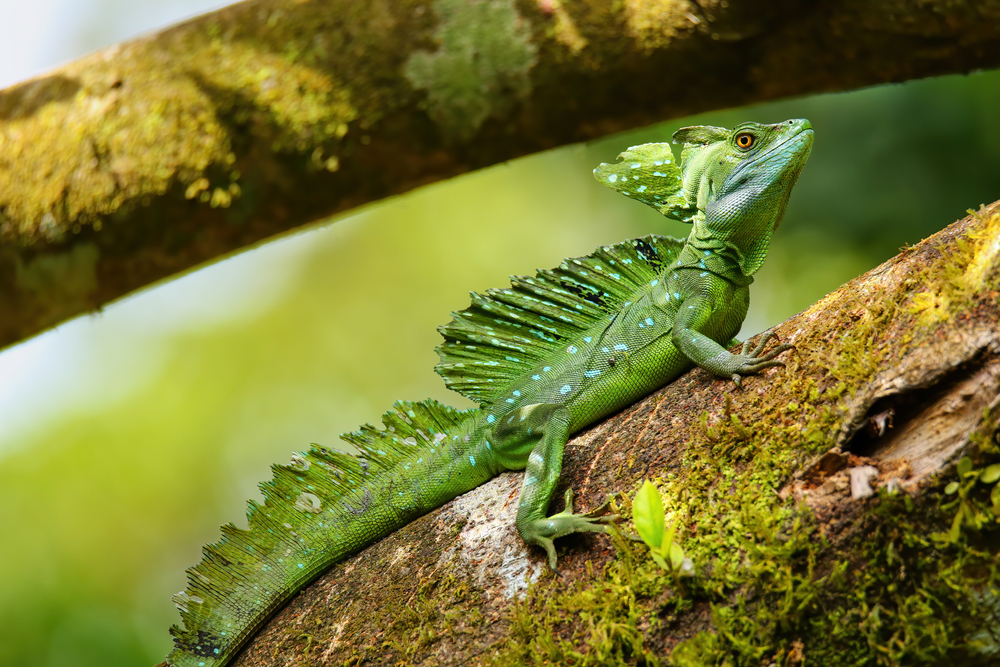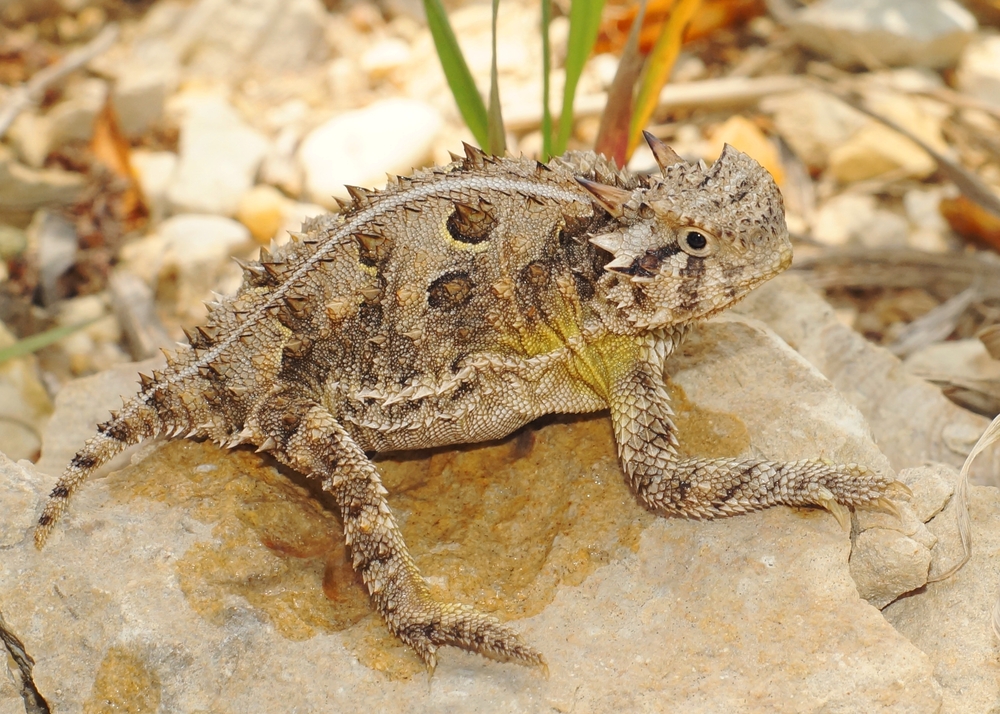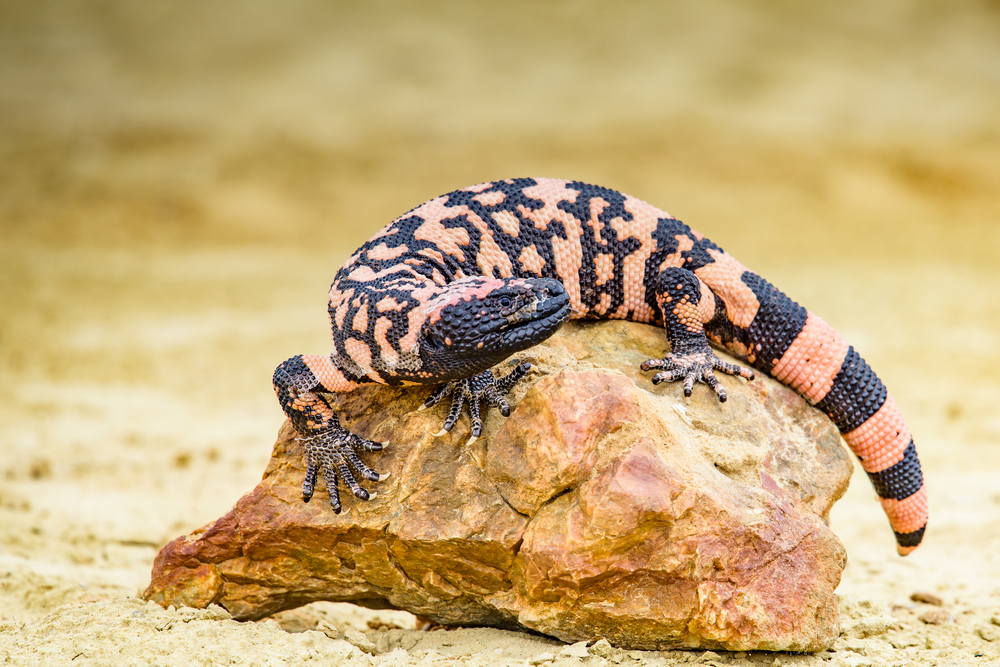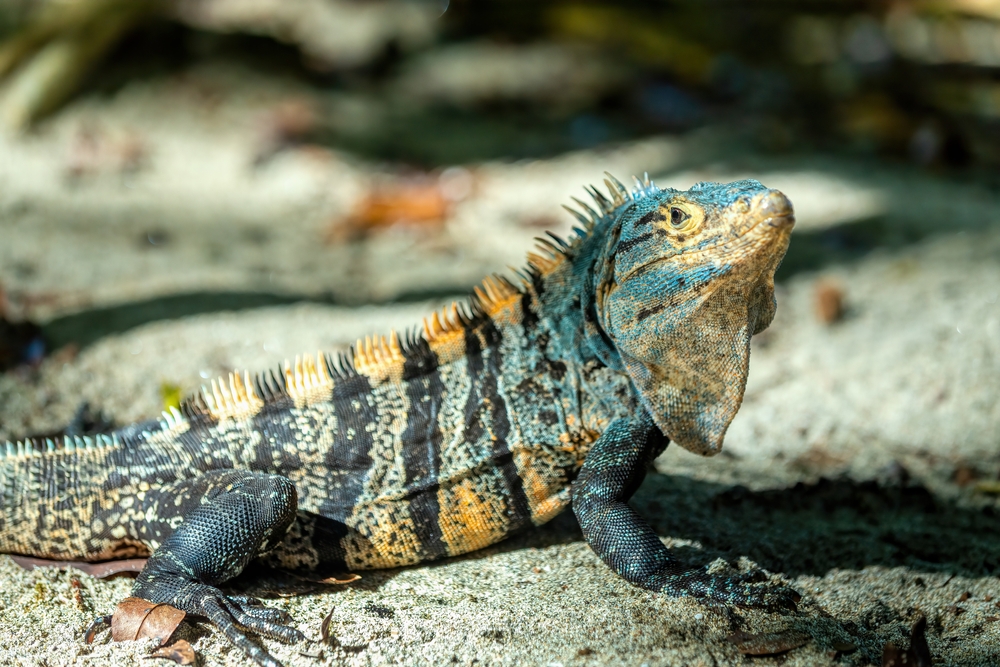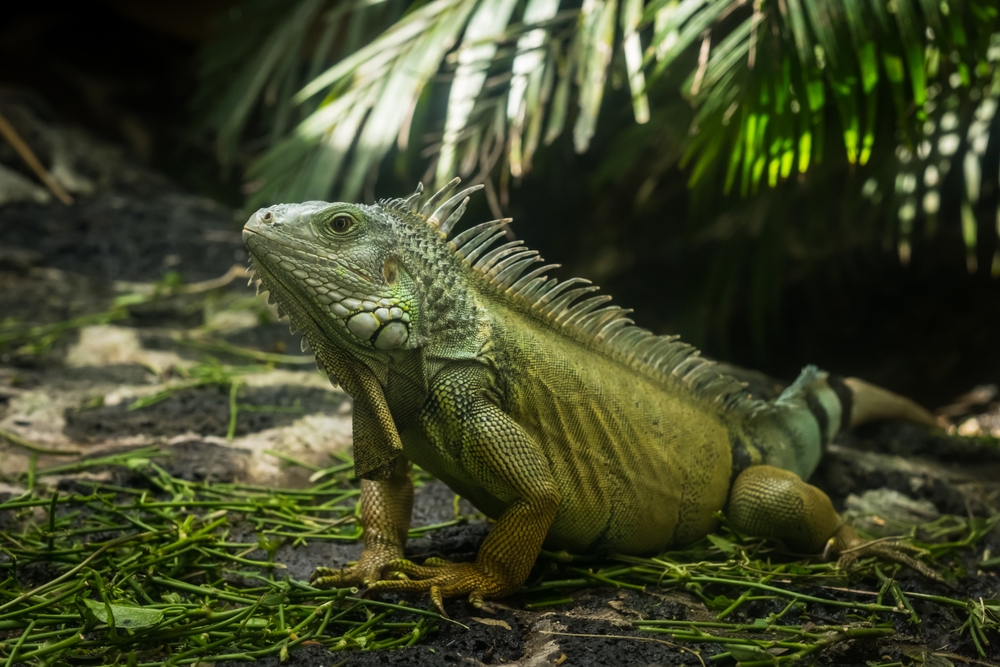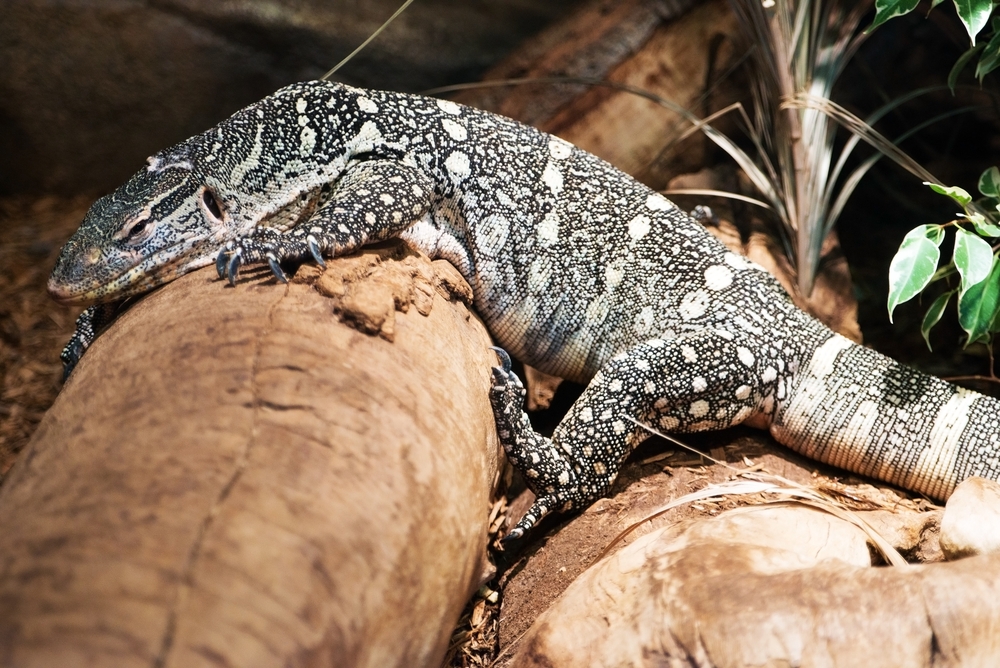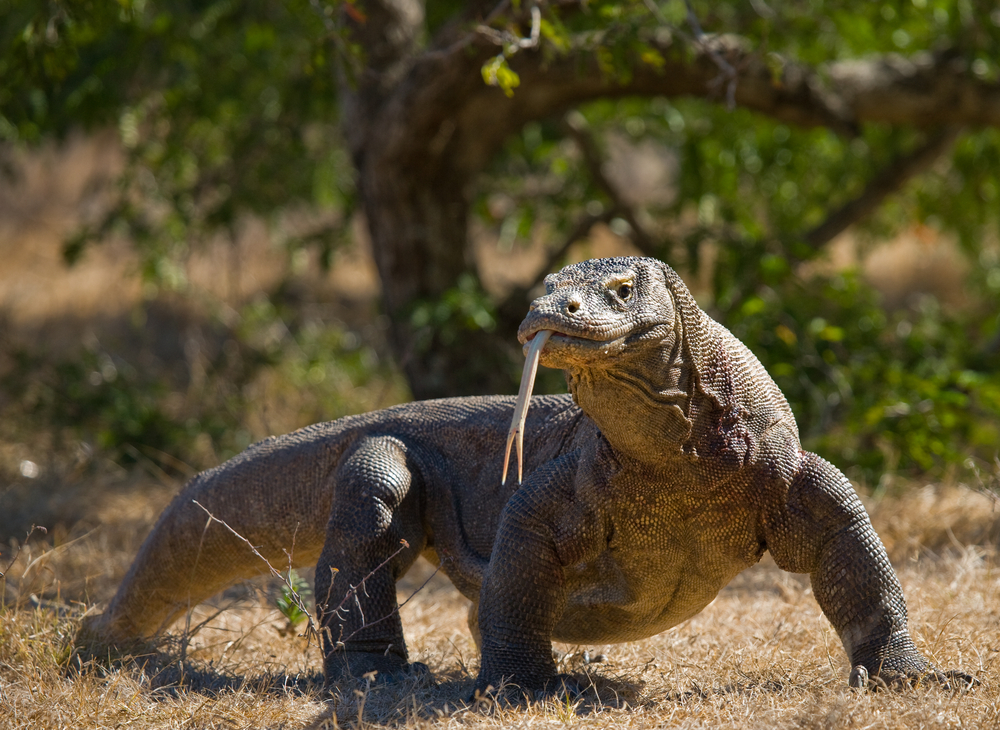About
#Reptile
The bearded dragon is a popular and hardy lizard species native to the arid and semi-arid regions of central Australia. Known for its calm demeanor, spiny appearance, and ability to puff out its throat like a “beard,” this lizard has become one of the most beloved reptiles in the exotic pet trade. In the wild, it inhabits deserts, scrublands, and woodlands, often basking on rocks or climbing low branches.
Adults typically measure 45–60 cm (18–24 inches) in total length, with a broad, triangular head, flattened body, and a sturdy tail. Their most notable feature is the expandable “beard” of spiny scales under the chin, which turns black when threatened, displaying aggression, or during courtship. Their coloration ranges from tan and brown to shades of orange or reddish—ideal for blending into the desert terrain.
Bearded dragons are diurnal, active during the day and basking in sunlight or under heat sources. They are omnivorous, feeding on a wide variety of insects (like crickets and roaches), leafy greens, vegetables, and fruits. Juveniles lean more toward insect-heavy diets, while adults consume more plant matter.
They are generally solitary but tolerant of human interaction, which contributes to their popularity as pets. Communication includes head-bobbing, arm-waving, and beard-flaring, with each gesture indicating dominance, submission, or curiosity.
Reproduction is oviparous. Females can lay multiple clutches of 15–30 eggs per year, buried in warm soil. In captivity, with proper care, bearded dragons can live 10–15 years or longer.
The bearded dragon’s scientific name is Pogona vitticeps, and it belongs to the family Agamidae.
Threatened:
Extinct
Critically Endangered
Endangered
Vulnerable
Near Threatened
Least Concern




































































